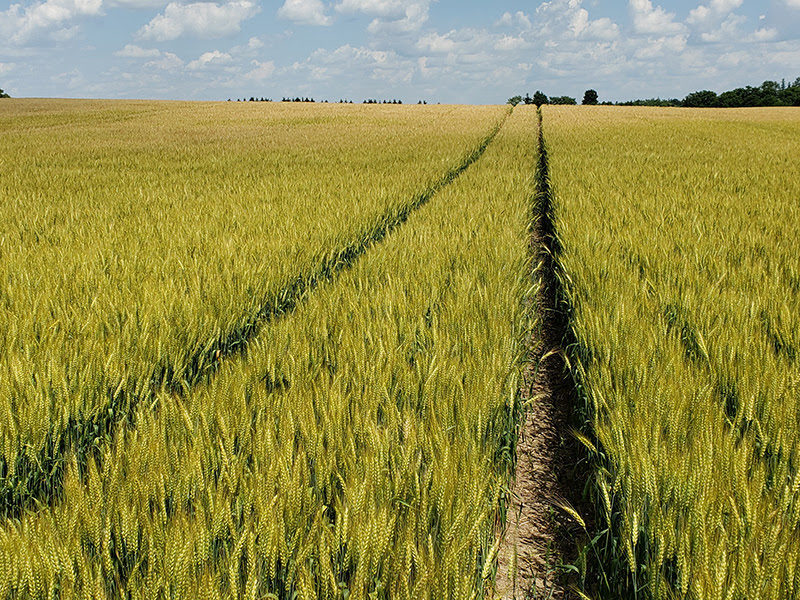By: Kelli Anderson
“There is increased interest in planting winter wheat this year and for good reason,” says Clair Keene, North Dakota State University (NDSU) Extension agronomist.
“With many prevent plant acres in the state, good soil moisture heading into the end of the growing season, severe drought in much of the Southern Plains and higher wheat prices than we’ve been accustomed to the last few years, 2022 is shaping up to be favorable for growing winter wheat,” says Keene.
In addition to the positive market conditions, some other benefits of planting winter wheat include providing living cover over the winter to hold soil in place and prevent it from blowing, providing competition with winter annual weeds that emerge late in the fall or early in the spring, and spreading out the workload of harvest next year.
When choosing a winter wheat variety, pay attention to winter hardiness ratings as well as yield to ensure your selection has the best possible chance of surviving a North Dakota winter.
The recommended seeding dates for winter wheat are September 1 to 15 north of North Dakota Highway 200 and September 15 to 30 in the southern half of the state. Planting too early increases the risk of wheat streak mosaic virus and may reduce winter survival.
“If you are interested in trying a new public variety, consider ND Noreen, the first release from the newly re-established NDSU hard red winter wheat breeding program,” says Keene.
Noreen has excellent winter hardiness and good straw strength. In the 2021 small plot trials, Noreen yielded 119 bushels per acre at the NDSU Agronomy Seed Farm in Casselton and 27 bushels per acre at the NDSU Hettinger Research Extension Center. When grown for foundation seed production at the Agronomy Seed Farm in 2021, Noreen yielded 98 bushels per acre over 25 acres.





Post a comment
Report Abusive Comment